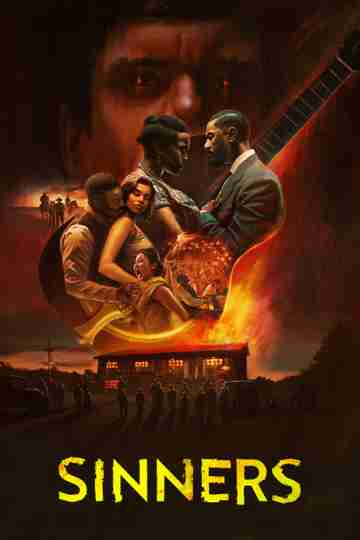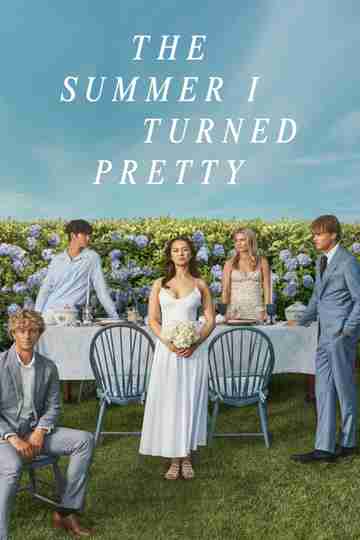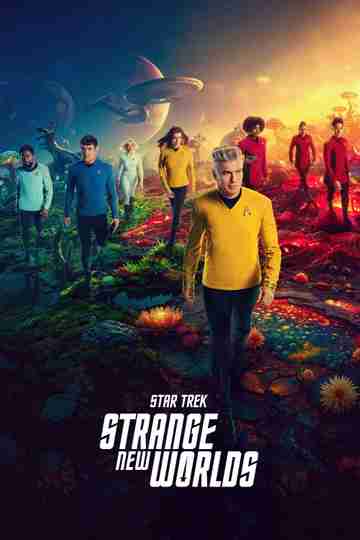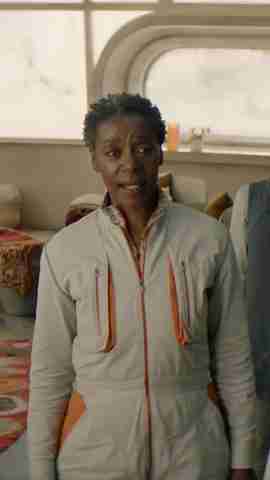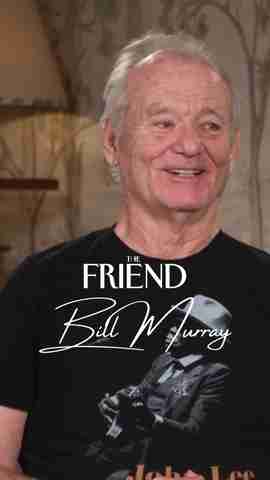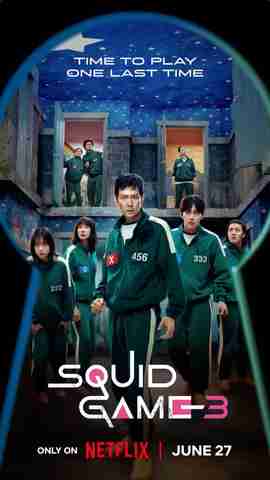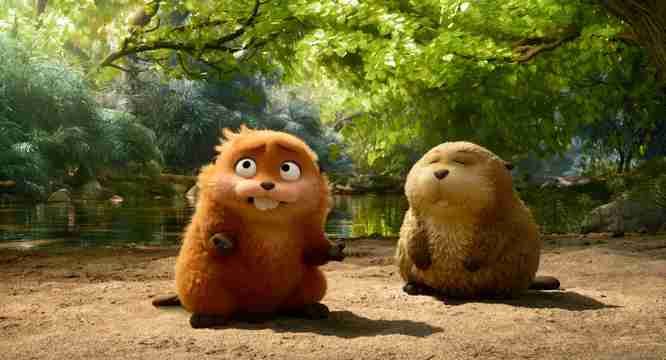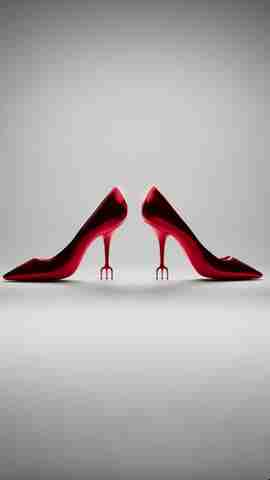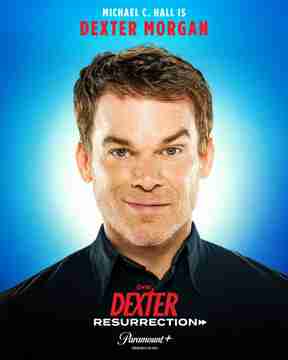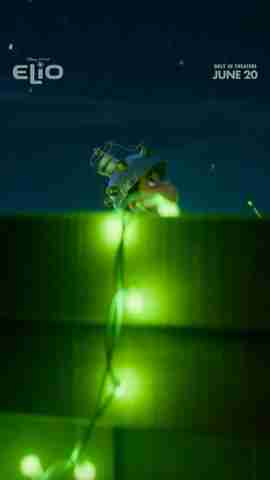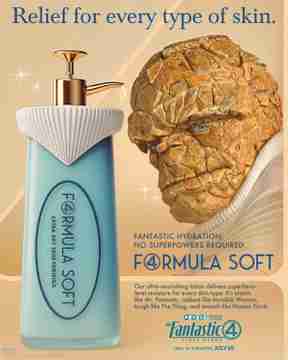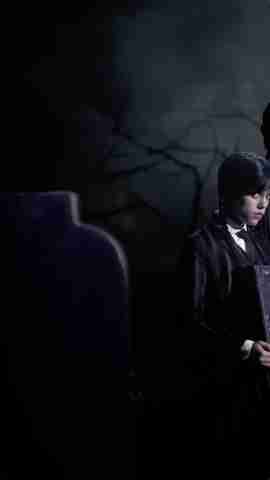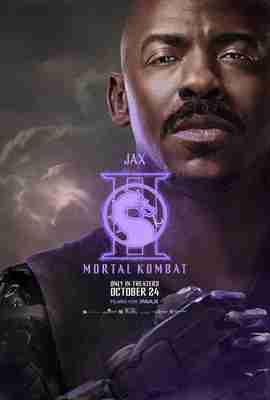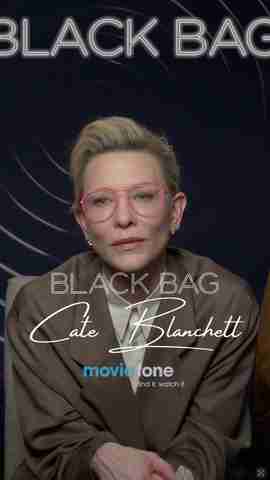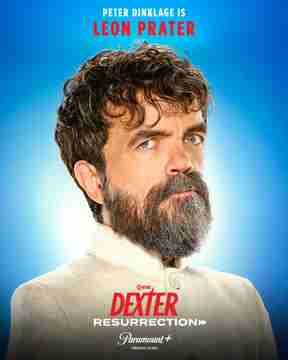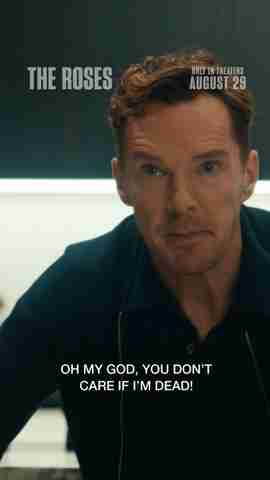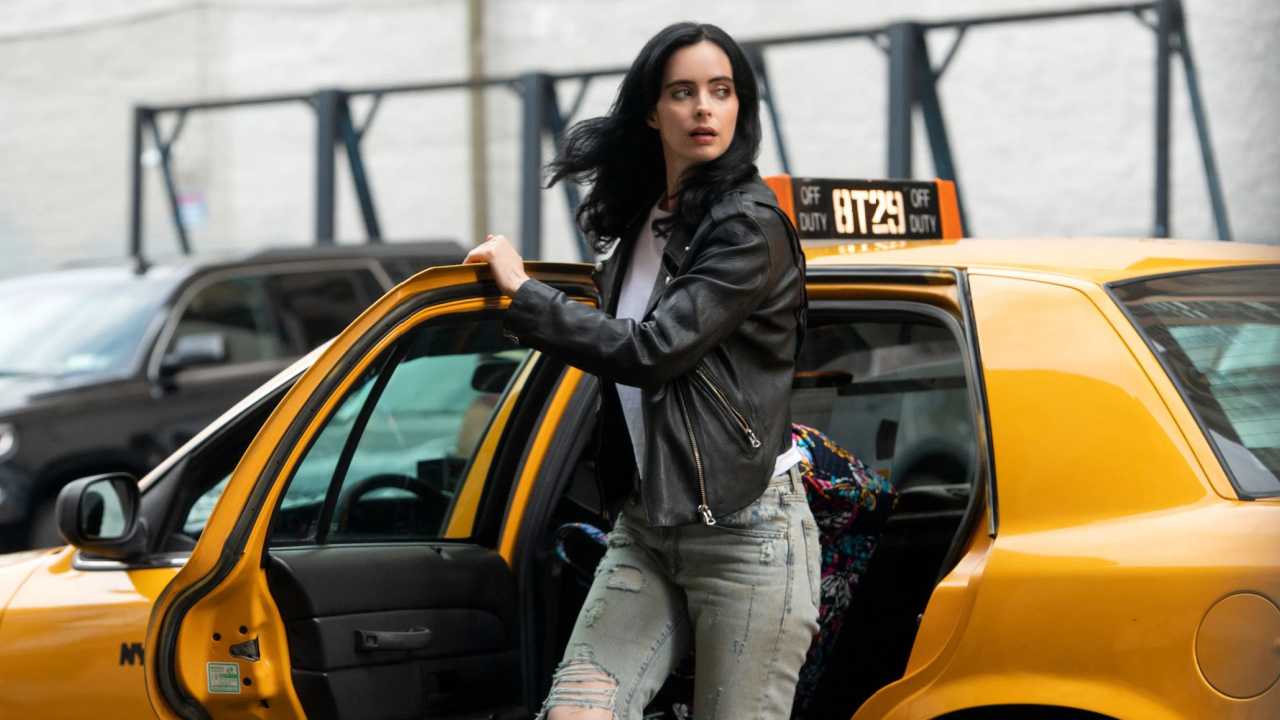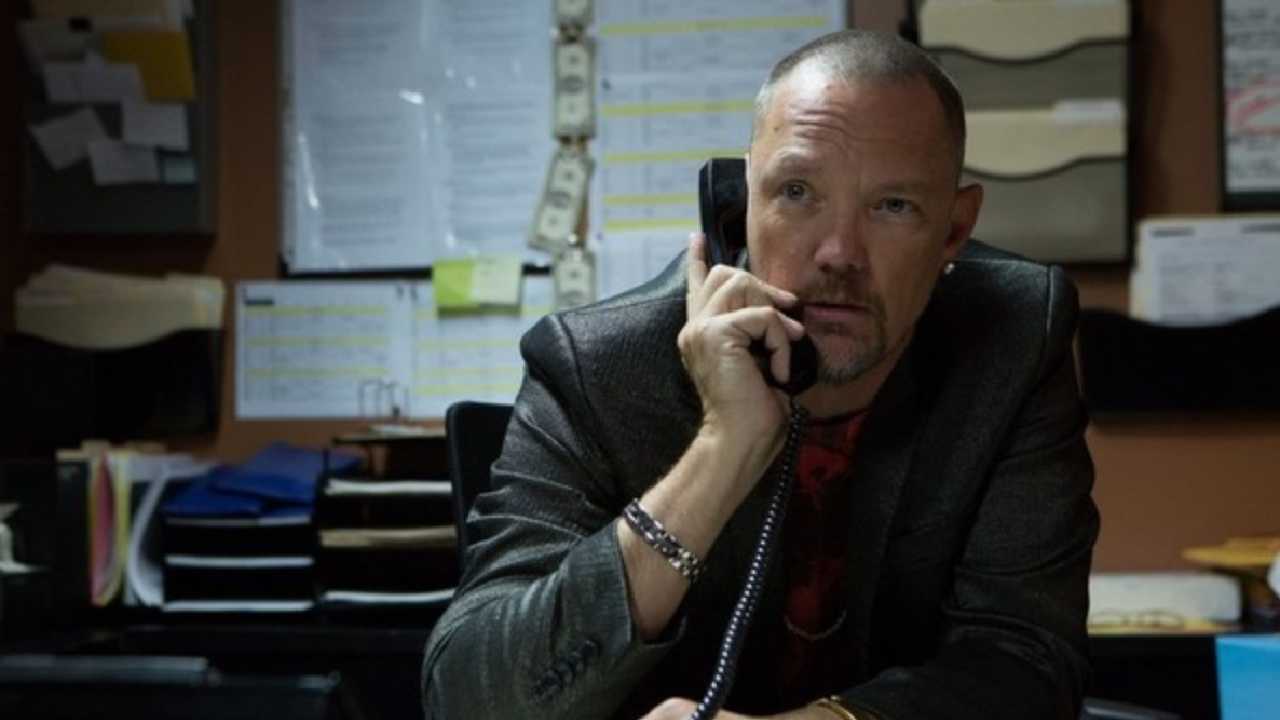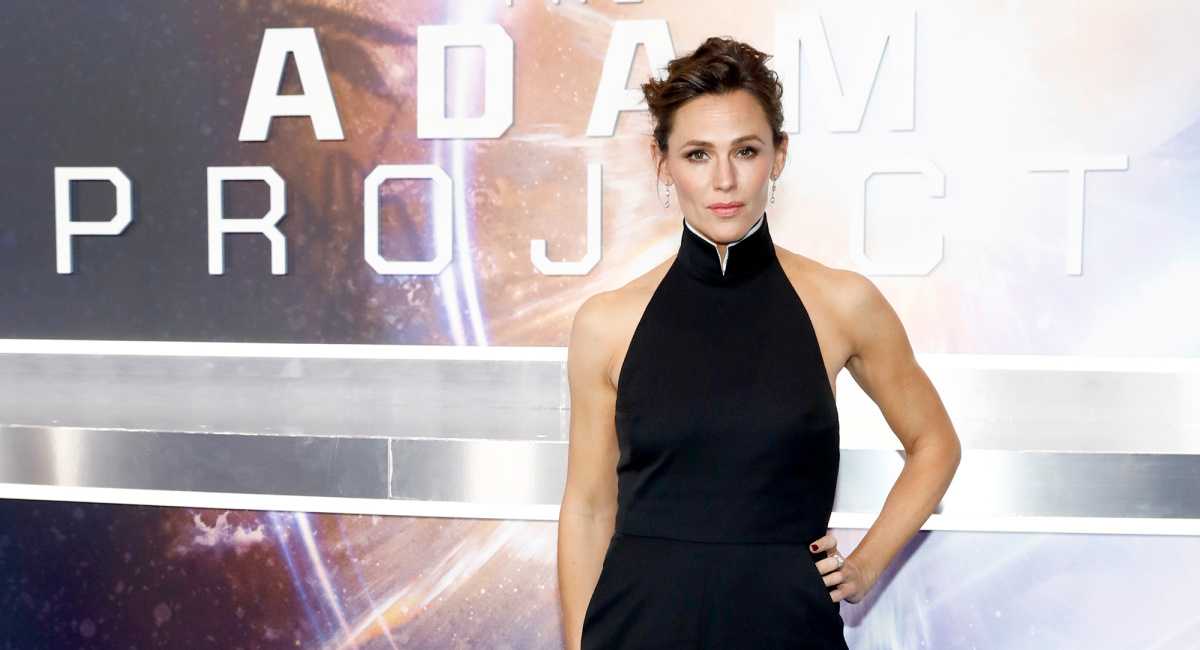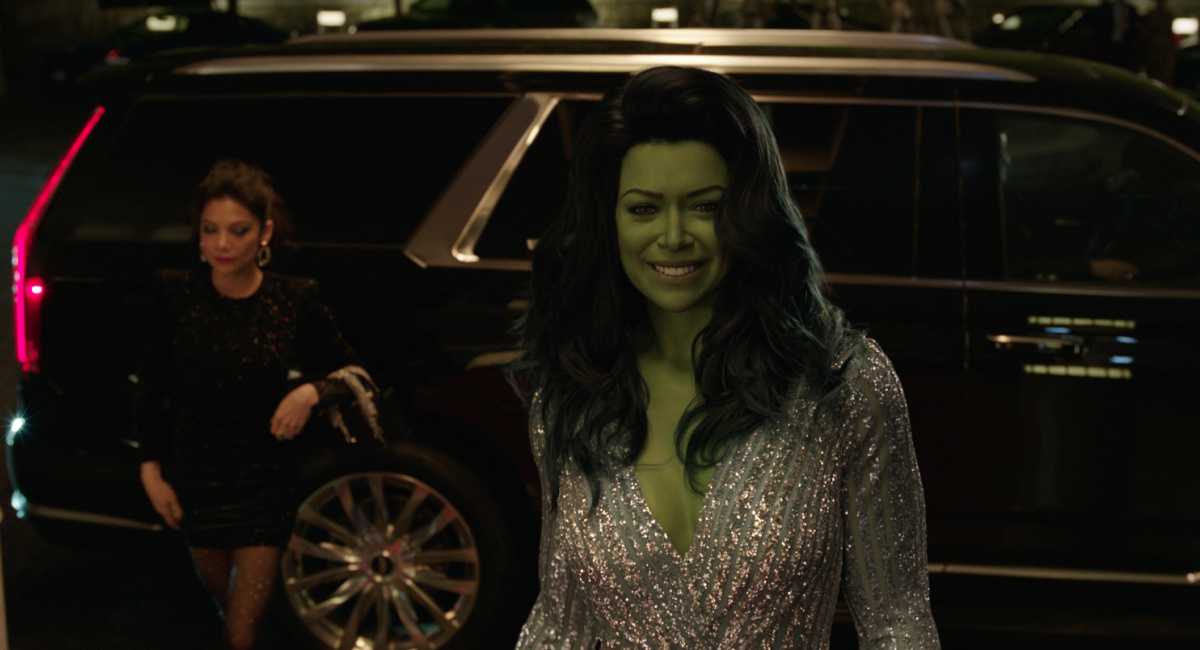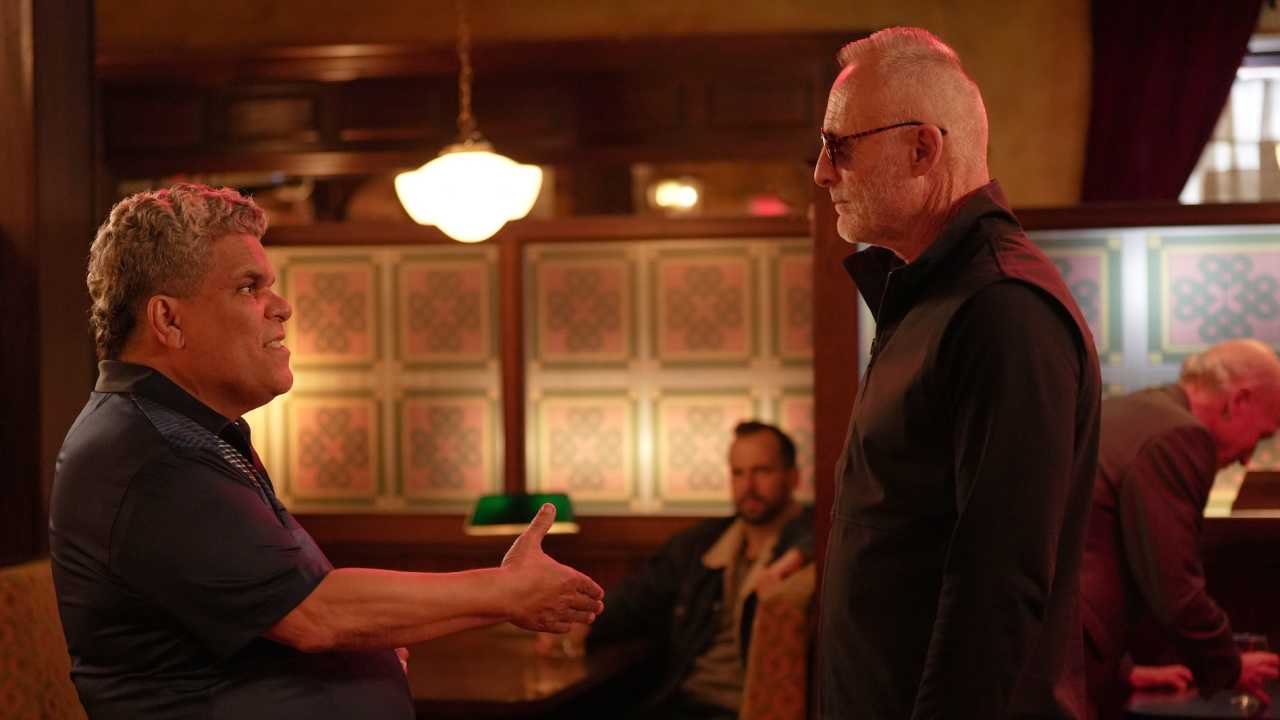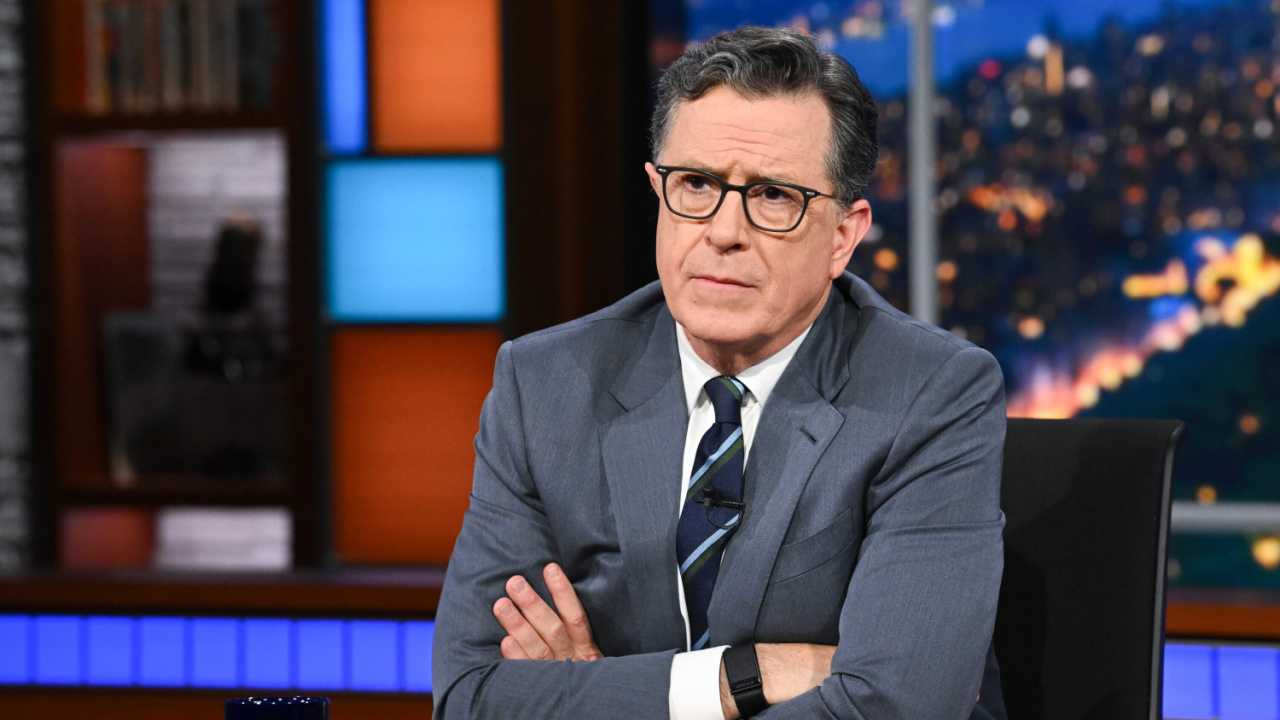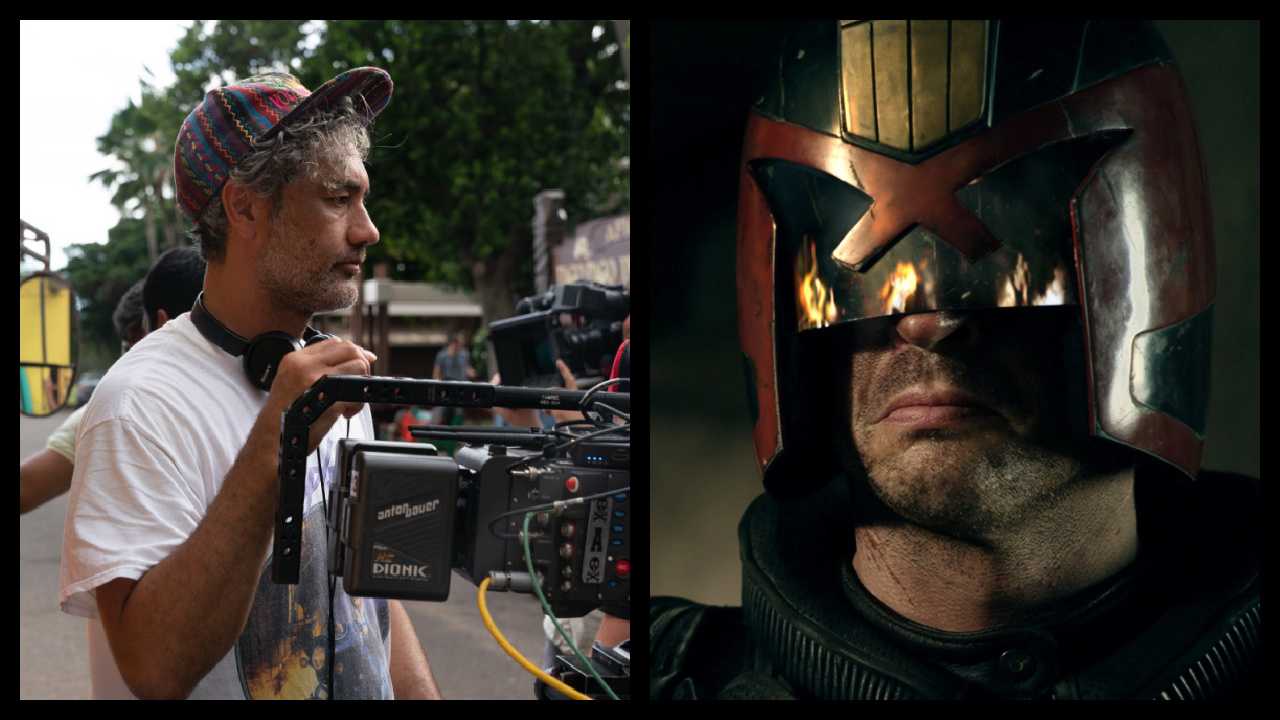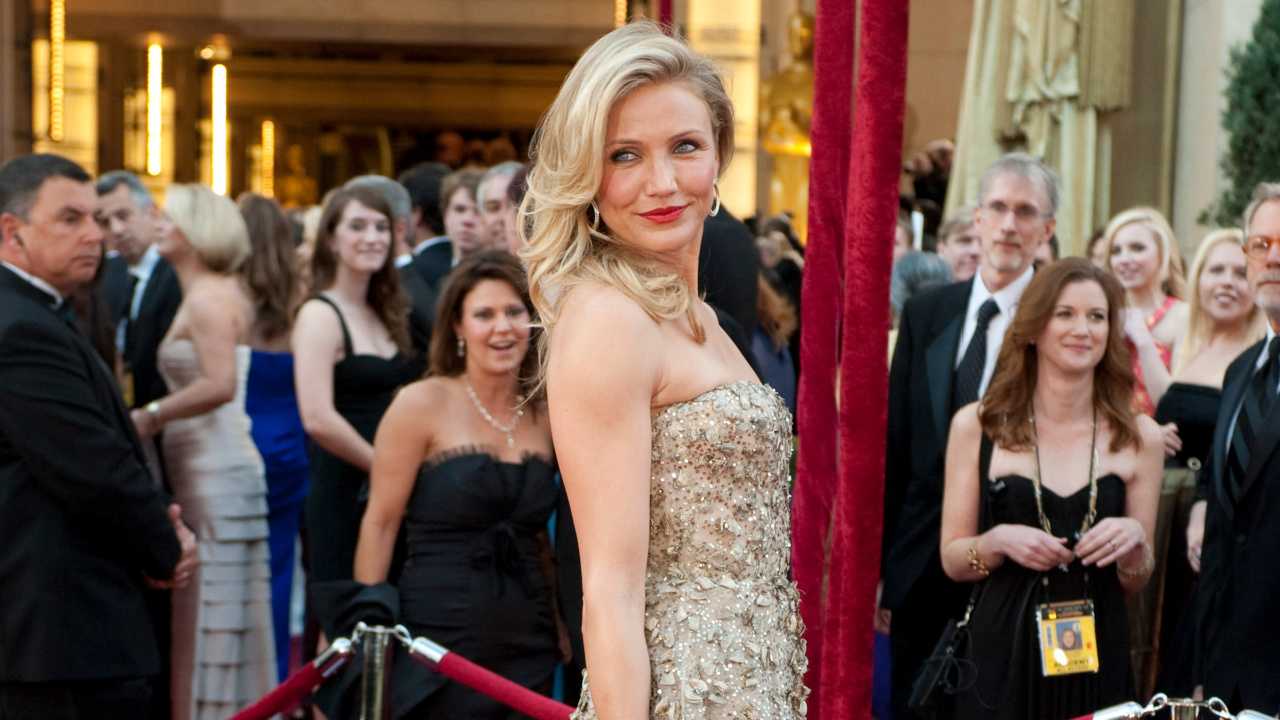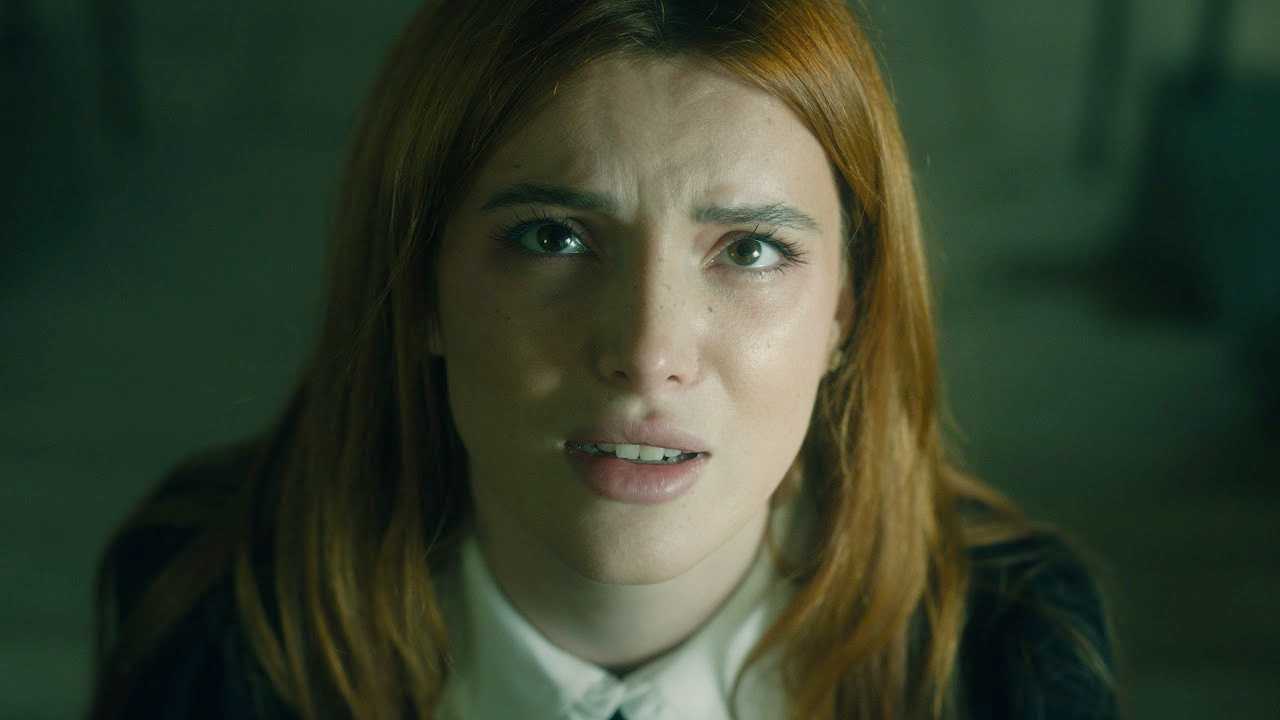Director Marc Jobst Talks ‘One Piece’ and His Work On Netflix's Marvel Projects
Moviefone speaks with director Marc Jobst about 'One Piece’ and his work on Netflix's Marvel projects. “If I am fascinated by the world, then I'm in.”
Premiering on Netflix beginning August 31st is the new live-action adaption of the popular manga series 'One Piece.' It is based on the highly popular anime and manga, created by Eiichiro Oda. Director Marc Jobst (‘Daredevil’, ‘The Witcher’) helmed the first two episodes and also served as Executive Producer on the series.
What Is The Plot Of ‘One Piece’?
Monkey D. Luffy longs for a life of freedom for as long as he can remember. He is in search of the legendary treasure known as the One Piece and sets out to find a crew to help him on his ultimate quest - to become King of the Pirates. Along the way, Luffy and his crew must outrun the relentless Marines and formidable rivals.
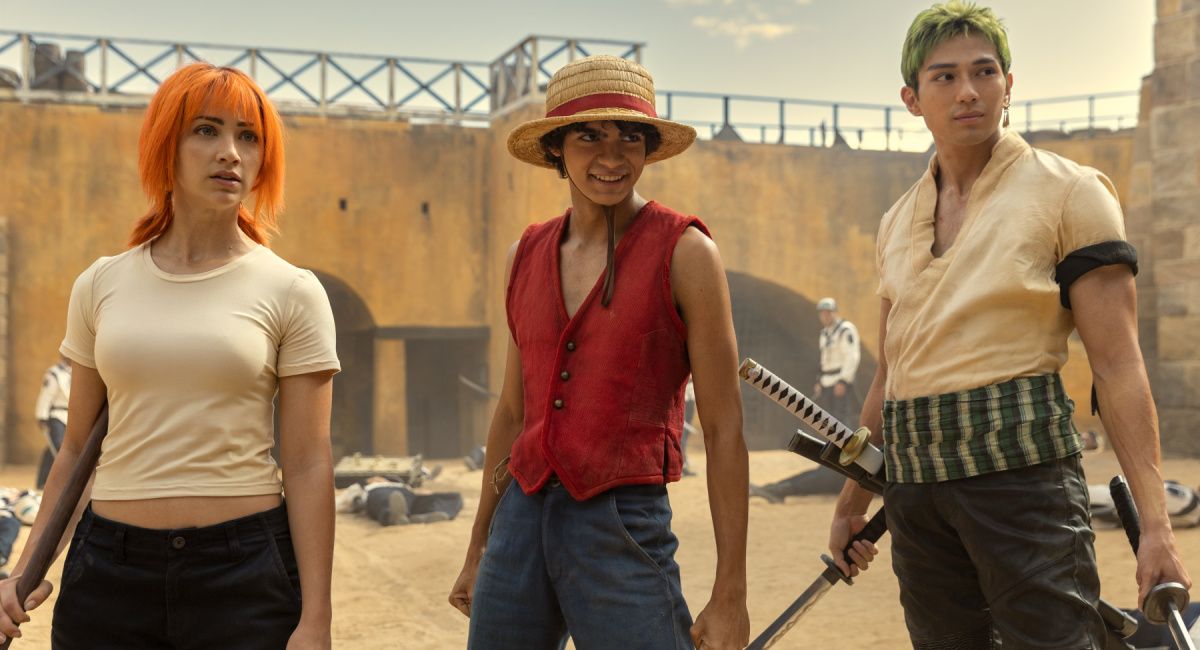
(L to R) Emily Rudd as Nami, Iñaki Godoy as Monkey D. Luffy, Mackenyu Arata as Roronoa Zoro in season 1 of 'One Piece.' Cr. Casey Crafford/Netflix © 2023.
Who Is In the Cast of ‘One Piece’?
- Iñaki Godoy (‘The Imperfects’) as Monkey D. Luffy
- Mackenyu (‘Knights of the Zodiac’) as Roronoa Zoro
- Emily Rudd (‘Fear Street: 1978’) as Nami
- Jacob Romero (‘Greenleaf’) as Usopp
- Taz Skylar (‘Boiling Point’) as Sanji
- Morgan Davies (‘Evil Dead Rise’) as Koby
- Aidan Scott (‘The Power') as Helmeppo
- Vincent Regan (‘Luther: The Fallen Sun’) as Garp
Moviefone recently had the pleasure of speaking with Marc Jobst about the live-action adaptation of the popular anime, what drew him to the project, his love of character-driven stories, and his work on Netflix's Marvel projects.

'One Piece' director Marc Jobst. Photo courtesy of Netflix.
You can read the full interview below or watch our interview by clicking on the video player above.
Moviefone: When you were first brought onto the project, did you feel the need to immediately dive into watching the anime because there's such extensive lore attached to ‘One Piece’?
Marc Jobst: I really wanted to read and get to the source of this extraordinary story, partly because I absolutely loved Matt (Owens) and Steve (Maeda)'s scripts. I just felt like they were so characterful, and they were so epic, and full of adventure, action-packed, and crazy, and wild, and people chopping up into bits, and all this wonderful crazy stuff. But partly also because what they did in those scripts, and this is what I started with because they sent me the scripts first off, what I loved so much about them, with all those big landscapes and world-building of it all, I loved the fact that there were still these really beautiful little intimate moments between characters, and that's what drew me into this. I've done quite a lot of world-building shows, and they don't always have from the big to the intimate. Those intimate scenes were also insightful, I felt, about human nature and kindness, actually. So that's what made me really want to go to the manga and start to read. There is a point at which as a director, you don't want to become too overburdened. Because I knew Matt Owens, and I'd worked with Matt Owens before, and I knew that he knew everything there was to know, he was a pillar that I could lean on in order to really make sure that I wasn't veering from the lore in anything that I was proposing to do. I found this when I was doing the Marvel Studios work, sometimes as a director, you just need to see what you see on the page and come to it with a freshness. After all, we were trying to create a show that was fresh, that was additional to the manga and the anime, not in place of.
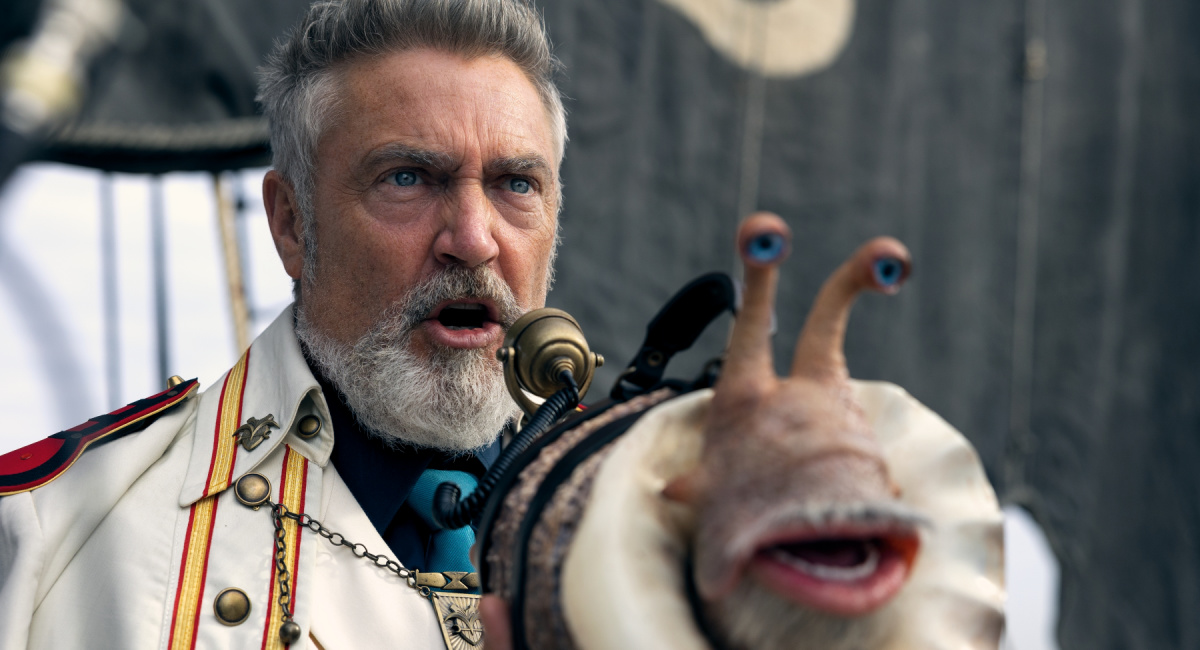
Vincent Regan as Vice-Admiral Garp in season 1 of 'One Piece.' Cr. Casey Crafford/Netflix © 2023.
MF: Aside from being the executive producer, you directed the first two episodes. Can you talk about the process of crafting those initial episodes?
MJ: Yeah, and I'm a character and story man. When I'm sent a script, I'm only really interested in what happens. Who are the characters, what's their story, what do they want, and what's their journey? Do I feel like their journey involves some relatable story that as an audience, you can connect with? So when I read those first scripts, that was my first thing, never mind about the crazy world, and the phenomenal characters that exist within it, that's all lovely. But really if it doesn't feel to me like we are really exploring character, it's maybe not my bag of chips. This absolutely did, and that's what drew me in. So when you ask how do you approach that with the actors, Oda has written phenomenal backstories to these characters. They're really deep, they're really profound, they're really troubled in some respects, first of all. Second of all, they have clear wants. Luffy wants to be king of the pirates, Zoro wants to be the best swordsman in the world, Nami wants to be able to draw a map of the entire universe. All those wants are really clear. So you have a character with a backstory that they bring to life and that they want to achieve something. So what's the obstacle, and how do they overcome that obstacle, and how do they bring friendships and relationships that enable them to overcome those obstacles? So when I started working with these actors, first of all, the casting process was significant because, obviously, we wanted to travel the world to find the right actors for this. We absolutely knew we wanted the right people, and we wouldn't stop until we got them. So having done that, and having found these extraordinary people who have heart, primarily they have heart, and they have a beautiful big generous spirit. Number one is what we wanted to cast. Number two, I needed actors who could be physical, who could do a lot of the stunt work themselves, who were excited by doing that, because of the way that I like to shoot action and the way that I wanted the ‘One Piece’ action to look and to feel different from other show's action. So having done that, then we had four, five weeks of rehearsal together in Cape Town. Bear in mind, these are young actors, so they haven't all spent a lifetime in front of the camera, or a lifetime acting even. So we went through all the stages that you do when you work with actors, and I've spent a life in theater and film. So all that experience I could bring to the floor. We played silly games, and we ate, and we laughed a lot, and we humiliated ourselves in front of each other. We went and did a bit of community work to give something back to the communities in South Africa, and that was a bonding experience for us as a family. So that by the time we got onto the set, we trusted each other. My job then is to create a space in all the technology that goes around a film set, that when they walked onto the floor, that space is for them and for them only, and everybody else serves the actor. That's just the way that I work as a director. Everything serves the actor because, look, you can have the best sets and visual effects, and sound effects, and special effects, and whizz, bangs, and whistles in the world, but if you don't believe the person that's in front of you, you don't fall in love with a set, you fall in love with a person. So that's where I wanted to work.
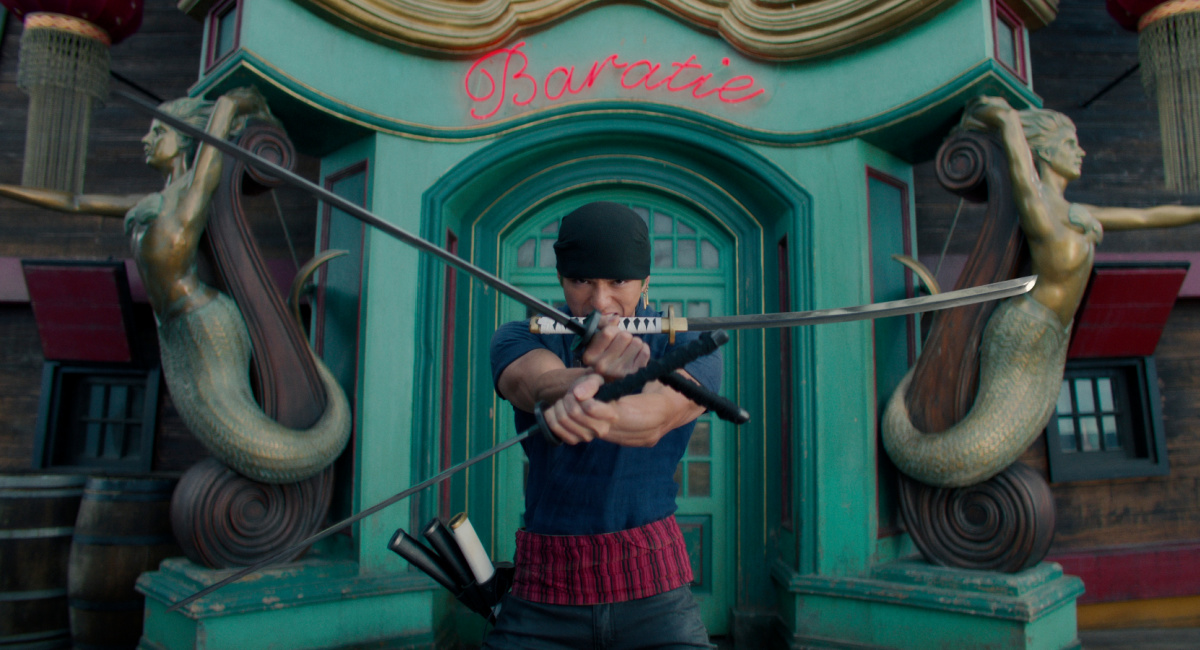
Mackenyu Arata as Roronoa Zoro in season 1 of 'One Piece.' Cr. Courtesy of Netflix © 2023.
MF: You worked on several IPs that have a lot of action. For ‘One Piece,’ these are characters with special abilities, but they're not quite typical like your normal comic book characters. Can you talk about crafting the fight scenes and the action scenes, and using these special abilities because they're quite different?
MJ: Action can get really tedious, and action can get really tiring to watch. Actually, ultimately, it can really affect your enjoyment of a story if it's not done well and if it's not done with a purpose. I learned that on ‘Daredevil’, shooting ‘Daredevil’. I was having dinner with some friends in New York when we were prepping the shoot, and this lady said to me, "Oh, I love Daredevil. He's fantastic. I just fast forward all the action sequences." You think, "Oh my God, if you're just fast-forwarding the action sequence, which we spend days preparing, and rehearsing, and talking about, we're not doing something right." So to me, action is sometimes a bit like a song in a musical. If you can just take it out and the story still works, it's not quite working. So action has to, in some form or other, affect character or influence story, number one. So that's something that I took into ‘The Witcher’ as well. The big sword fight there, I really was very keen that I wanted that first section to be a single shot sword fight to tell the story that this is a badass guy who knows how to wield a sword. By the way, Henry Cavill knows how to wield a sword. That would allow me then, in the second part, to cut the fight up so that I could really control the main event, which was Geralt and Renfri. Then I could stop it and I could get the eye-to-eye contact, and I could get that sense of are they going to kiss or are they going to kill? So if you take that then into ‘One Piece’, what is the tone of the action in ‘One Piece?’ Well, first of all, it's much more playful, and it's important to get that playfulness right. Partly you've got this guy with rubber arms, and so if you take it too seriously, suddenly you're going to get this moment of crazy visual effects, which is going to come out of nowhere, and you're going to think, "Well, that doesn't quite fit." So you have to find a tone that fits that. Then second of all, fundamentally, Marvel and 'Witcher' were all about the hits, it was all about the punch. So you would make sure that you got this hit and this punch, and so that you could see what was happening, and the sweat coming off the forehead, and the blood coming out of the mouth, and it's visceral. In ‘One Piece’, to me, it was all about the journey to get to the hit. It was all about the choreography, it was all about the dance. It's much more ‘Crouching Tiger’ and ‘Kung Fu Hustle’, than it is those gritty, hard Marvel shows, if you see what I mean. So that set the tone for the fight sequences. Then of course, because of the way that I wanted to honor some of the framing of the manga, we developed these special lenses that were made for the show. They're super wide, but they're also extremely close focus. So it means that we could do these long sweeping camera shots that didn't rely constantly on cutting, which is the bit that gets you tired. Added to that, in order to achieve those long sweeping shots, you can't do that on the day, that's got to be rehearsed with camera. So the studio, and Netflix, and I, and Steve, and Matt discussed that it would be far better to have a single camera operator purely dedicated, 100% of the time to rehearse with a stunt team. So they're in the Dojo the whole time, and they learn the choreography of the fight with the camera, and they can also influence the choreography. So they can say, "Look, if you just hold that moment up a beat, I can get my camera around here so we don't have to do a cut to land the hit." That was very important to what I hope people enjoy about the action in ‘One Piece’.
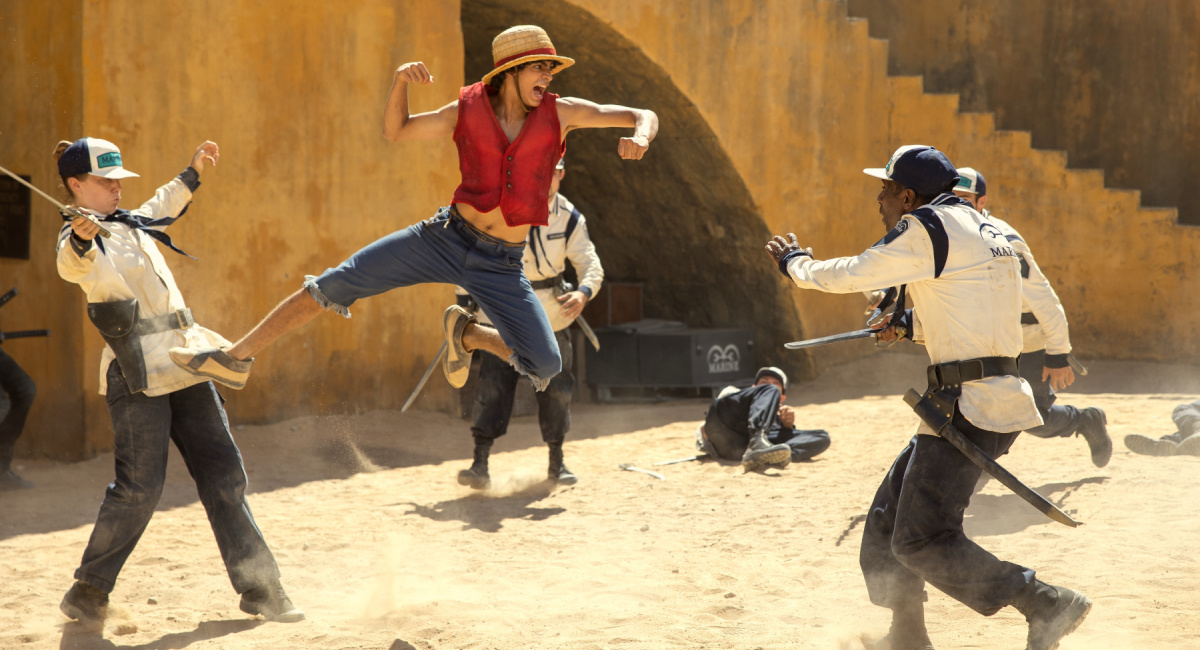
Iñaki Godoy as Monkey D. Luffy in season 1 of 'One Piece.' Cr. Casey Crafford/Netflix © 2023.
MF: Can you talk more about the special lenses you developed for the series and why you like using wide shots for fight sequences?
MJ: The thing about these lenses, the thing about the close focus and the wide is that, this is a travel show. There is no precinct, they don't end up always coming back to one place. They do come back to the Going Merry, but the Merry's really only there to take them somewhere else. So location, world-building, have got to be in the DNA of everything that we do. Then you can choose if you want to go really close for those intimate scenes to do that. But all the rest of it felt like to me, we wanted to have location with us all the time because that's part of what the DNA of the show is. So to have had these lenses that enabled us to work on eight-millimeter, 14-millimeter, 21-millimeter lenses, not only would give the show a completely unique look but was also true to what the manga is.
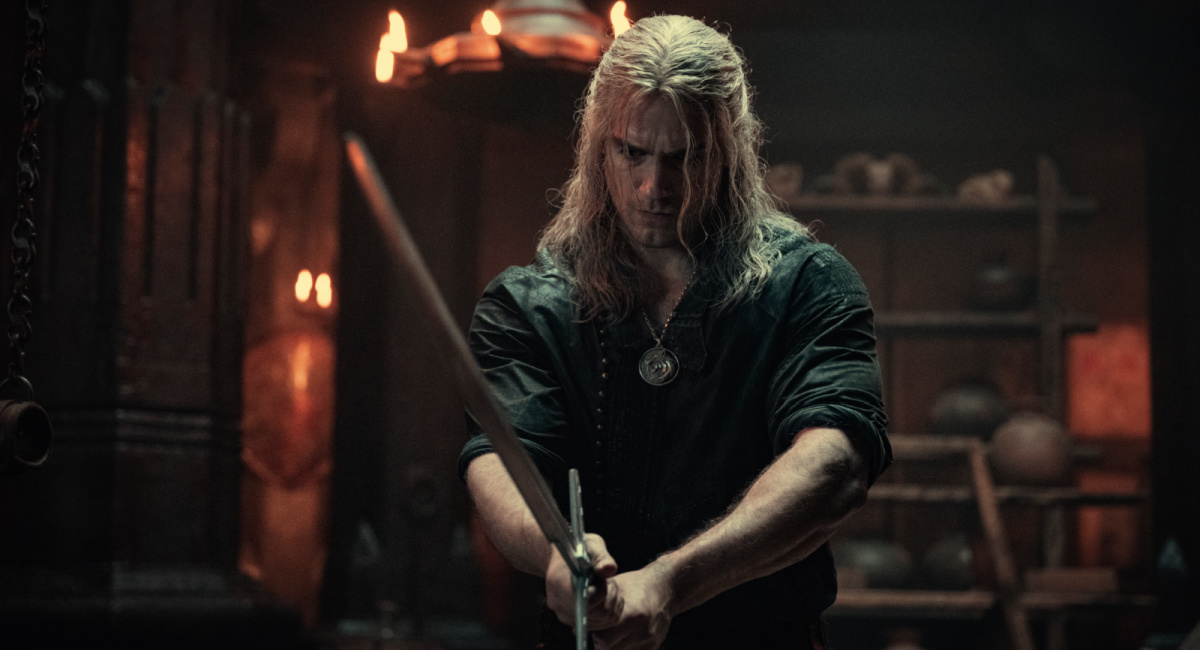
Henry Cavill as Geralt of Rivia in Netflix's 'The Witcher.' Photo: Jay Maidment.
MF: You've worked on so many TV shows. We just mentioned ‘Daredevil’ and ‘The Witcher,’ as well as ‘The Punisher,’ ‘Luke Cage,’ and ‘Hannibal.’ All of these are huge IPs with big fan bases. So what is your approach to projects like that, and is there something that draws you to this genre?
MJ: No, not really. I love story, and I love character, and it goes back to what we said earlier on. If I get a script and I'm drawn in to the arc of the character, if I am fascinated by the world and what it explores, then I'm in. I don't ever consider myself a genre director. In fact, I'm mostly known for very intense human dramas, particularly in the UK and Europe. Things like ‘Tin Star,’ and ‘Hannibal,’ and ‘Criminal Justice,’ which was then made into ‘The Night Of.’ Those dramas are the things that I started my career in. Then I think it's just because I approach action shows and genre shows with all those simple questions that you start off when you are learning your craft as a director, which is what's the story? What do they want? Where do they come from, and who are they? Once you've got those elements together, you're off. Whether it's a genre show, a superhero show, a fantasy show, or a very intense human kitchen sink drama show, it's the same thing. What do these people want? It's one of the things that I work with most on set, what's the story? What are we really trying to tell you? I know what the journey is, but what's it about? What is it really about? What's ‘One Piece’ really about? It's about believing in your dreams, it's about believing in yourself, it's about friendship, being loyal to your friends, and it's about standing up for what you believe. Great values. We know that. So that becomes the true North with which we set up this whole show. My job as a director is to hold the tiller of our boat, and make sure that we go off in that direction and set sail and reach our end destination. That's my job. There are plenty of winds that blow around to try and knock the ship off course, all the time, because this is a huge production. But that's my job. To remind people all the time, and then to say to the actors, “What do you want? What do you want from this scene? What do you want from the story, ultimately? What do you want in your life?” Those are the things that begin to help you to create characters which are three-dimensional, that come from a two-dimensional world.
Related Article: Charlie Cox on How The MCU’s ‘Daredevil’ Series Will Differ From Netflix

Charlie Cox as Daredevil in Marvel Studios' 'She-Hulk: Attorney At Law,' exclusively on Disney+. Photo by Chuck Zlotnick. © 2022 Marvel.
MF: As you know, Marvel is bringing 'Daredevil' back to Disney+ with 'Daredevil: Born Again,' which will feature both Charlie Cox and Vincent D'Onofrio reprising their roles from the Netflix series. What piece of advice would you give to the creators of the new show?
MJ: I feel like if you create too straight a line, it doesn't feel authentic and real. That's the great trick of ‘Daredevil’, and that's the great trick of adapting the Marvel Comics into live action, is don't take a straight line because human beings aren't a straight line. If we're trying to dimensionalize characters as in ‘One Piece’, as in ‘Daredevil’, and as in all these adaptations from 2D into 3D, if you try to take a straight line, it becomes fake. One of the great skills that I think ‘Daredevil’ had, actually, they all had in their own ways, but let's talk about ‘Daredevil’ because that's the one that is soonest off the starting blocks, is you have Charlie Cox embodying a real human being in that. Charlie Cox is interested in doing that. Of course, we set it into a superhero world, but if you are going to humanize, if you're going to dimensionalize, you have to follow that through. It's a bit like in ‘One Piece’, when a few people have talked to me about, "Oh, it feels much more explicit and bloody than the manga." I say, "Well, if you're going to dimensionalize your character, and you're going to go into proper fights, if you don't have any of that, you're not staying true to your intention. That will come across." So with those superhero shows and with shows like ‘Daredevil’, it's making sure that you are truthful to the human experience, which is not ever a straight line.

Iñaki Godoy as Monkey D. Luffy in season 1 of 'One Piece.' Cr. Courtesy of Netflix © 2023.
MF: Finally, with ‘One Piece’ having already premiered on Netflix, is there another story from anime or manga that has piqued your interest and that you would like to eventually tell?
MJ: Well, to be honest, it's been so pretty full on with getting ‘One Piece’ to the starting line, I haven't really had very much headspace to be open to others. Because mangas and animes are worlds, and you dive into it. I don't devour manga, I don't devour anime. I devour story, and I devour character. So I'm just hoping, let's just see how this goes, let's just see whether we can make it to the starting line of another series, which would be so incredible. I hope if that happens, I could be involved again. But none of us are holding our breath because you just don't know in this business. We've done the best that we can. We've put our heart and soul into it. Everybody, the entire huge 800,000 people on this job have worked so hard on it. Of course, in the end, the proof is in the viewing.
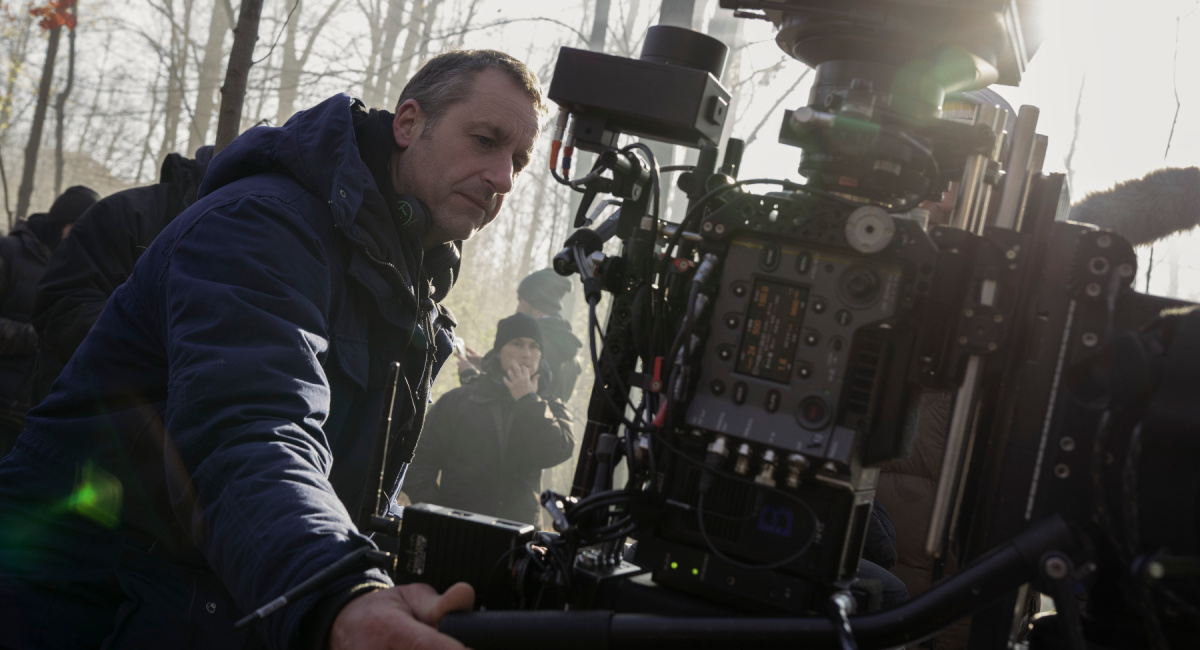
'One Piece' director Marc Jobst. Photo courtesy of Netflix.
Director's Statement: Marc would like to state that he supports both SAG and WGA in their pursuit of reaching a fair and equitable resolution to the respective strikes. In talking about his work - past and present - he does so with unequivocal support for the highly skilled crews that make up the different unions (SAG and WGA included) and believes all should be valued and recompensed for the contributions they make in bringing these series and films to life.
Movies Similar to ‘One Piece:’
- 'The Guyver' (1991)
- 'Guyver: Dark Hero' (1994)
- 'Fist of the North Star' (1996)
- 'Æon Flux' (2005)
- 'Speed Racer' (2008)
- 'Astro Boy' (2009)
- 'Dragonball Evolution' (2009)
- 'The Last Airbender' (2010)
- 'Oldboy' (2013)
- 'Ghost in the Shell' (2017)
- 'Death Note' (2017)
- 'Yu-Gi-Oh! The Movie' (2018)
- 'Alita: Battle Angel' (2019)
- 'Knights of the Zodiac' (2023)
Buy Marc Jobst TV Shows On Amazon

